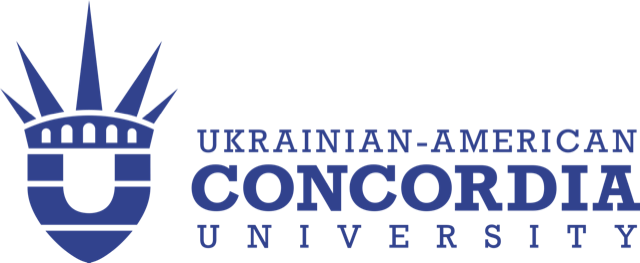Several UACU professors participated in the work of the 24th Annual CHEA conference which took place Jan 26-28, 2021. What is CHEA? CHEA is the US Council for Higher Education Accreditation. The Council accredits accrediting organizations. It establishes the requirements which such organizations need to meet in order to be able to accredit higher education establishments. People from 31 countries participated in this year’s CHEA conference.
Following are several interesting ideas which were suggested by the conference presenters:
- Online classes will be on demand in the future. Blended learning programs will be on demand in the future. It is likely that blended learning will become dominant. Such programs will not disappear. There is no coming back to entirely pre-pandemic environment. At the end of 2020 a Global survey of university presidents was conducted. 71% of university presidents said that at least in the nearest 2-3 years their universities will offer a mix of on-line, hybrid and face-to-face programs.
This means that:
Instructors need to be trained to teach on-line. There must be special trainings conducted by universities to help instructors teach better on-line. It is necessary to seek as much of professional development for instructors as possible in terms of digital technologies as applied in the educational process. Universities’ leadership should not just hope that instructors will develop excellent on-line teaching skills by themselves. Educational institutions need to take care of it on the organizational level. Professional development should be an important focus of colleges. Instructors need to be provided with resources and expertise to deliver quality online programs. It is advisable to have for example, instructional designers to help instructors create course content in order to make on-line classes interesting. Sophisticated virtual learning environment needs to be created for students to have good learning experience. There must be new standards to evaluate new teaching on-line methods. A learner needs to become the center. Student satisfaction needs to become more important.
“While it is also worth noting that negative reactions from students about the quality of digital teaching seemed to be as much about the quality of the technology and platforms as the quality of the pedagogy and content, there does remain variation between providers in terms of the preparedness of teaching staff to move to blended approach” (QAA Report).
For example, a Leader of Asia Pacific Quality Network talked at the conference. She said that although she’s been teaching with great success for many years, this year her course reviews via student evaluation were lower because she is not very good with technology.
- There are signs of increasing student dissatisfaction with online teaching quality all over the world. Students want to have more sophisticated and engaging on-line learning environment than just Zoom and Power Point. There is difference between online learning and on-line course delivery. For learning to take place student support must be in place.
- What does the accreditation agencies look for now? Following are few insights from the accreditors.
Accrediting organizations were asked about possibility to some flexibility in accrediting standards during the time of pandemic. They said that flexibility is necessary and is welcomed, but all solutions need to be within the boundaries of standards. In other words – standards should not be lowered. It is necessary to allow for creativity and innovation but only within boundaries of standards.
Accreditors always check how easy it is to find important information on the website. They do not use the links which a college sends them. They go to the home-page and try to find the necessary information there.
Very important information which needs to be easily available to general public is “student achievement.” It is necessary to make sure that the public understands what the performance of a higher education institution is.
The responsibility of an accreditation organization is to have standards, policies and procedures that require accredited institutions and programs to provide at minimum information to the public about institutional/program performance, student achievement and the reasons for accreditation decisions. This information needs to be available for general public. Accreditation tells the general public that this university is a reliable provider of education services.
It is very important to know that the two pieces of information which future students want to know about a college are: (1) what are graduation rates and (2) can I get a job with this education. You need to make sure that this information is easily accessible for public via the college’s website.
Overall, the 24th CHEA Conference was a great dialogue which helped learn new ideas and insights.

